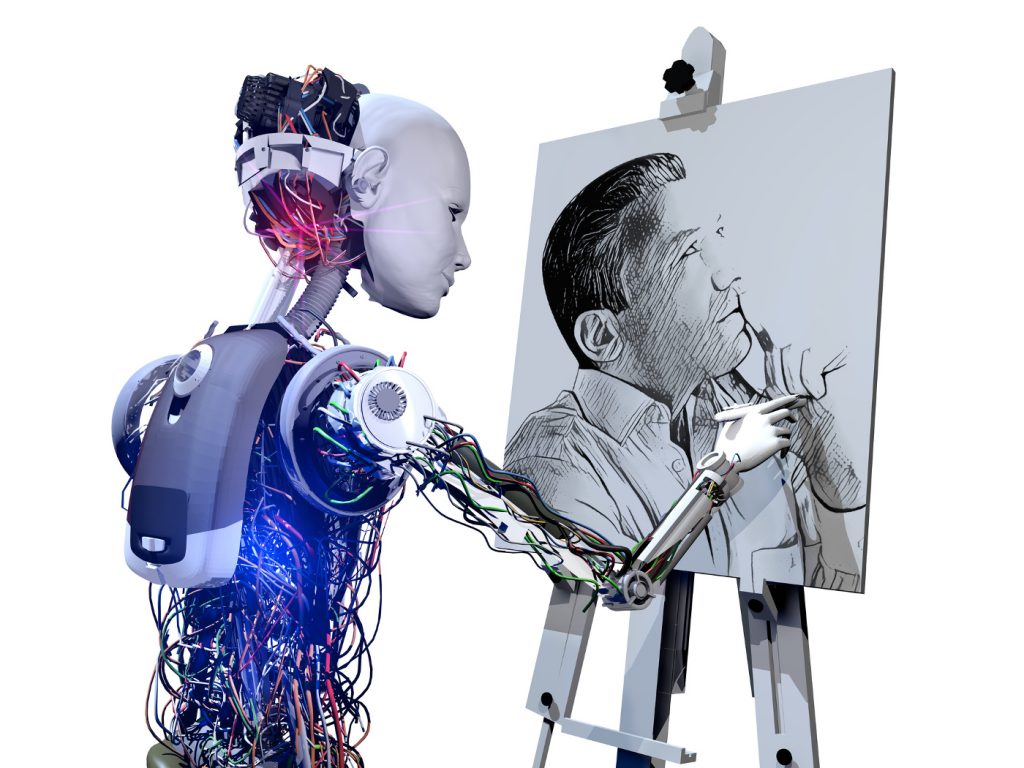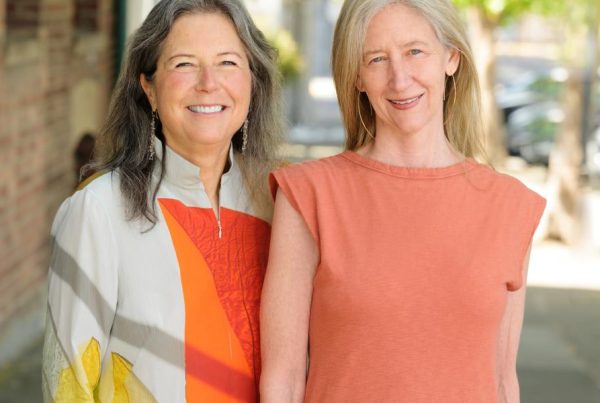Today, paintings created by neural networks are already being bought at auctions, and music created by artificial intelligence is gaining popularity. Some paintings generated by neural networks look so realistic that they appear to have been created by real artists. The painting “Edmond de Belamy,” which was generated with the assistance of artificial intelligence in 2018, is based on the network constructed by three people from the arts-collective Obvious from France. The painting was sold for $432,500 at a Christie’s auction in 2018. The members of the art collections are not artists in the true sense of the word, they have no art education. And the painting depicts a man who never existed. But when you look at it, it looks like it was painted by an artist from the 19th or 18th century. But is this computer-generated art real art? And what roughly does the process of creating art by neural networks look like? Let’s take a look at the process of how -generated art is being made.
Digital Art and Neural Network
Until recently, it was hard to believe that it was possible to create paintings, stories, and music with the help of artificial intelligence. Yes, Artificial Intelligence has long found applications in architecture, construction, medicine, and even the entertainment industry (for example, they are used in the gambling industry, and casinos such as australian licensed online casinos). There have been multi-sensory art installations and works of art created with the help of augmented reality. We can even assume that the visual arts of the future will switch from creating augmented reality in favour of collecting and transmitting experiences and impulses directly into human consciousness. For example, being away from a gallery or museum, one will be able to put on a lightweight suit along with a VR or BCI headset and touch, smell, taste and hear all the wonders that artists have created. But today, neural networks can already create real works of art.
So what does the process of creating new artwork with neural networks look like? In this article, we will look at several technologies, but in general neural networks learn how to create new works of art by analyzing real paintings. Thus, for AI to generate images, a human must prepare a set of data for training, then perform optimization of hyperparameters, and after optimization, select the best works from several thousand works generated by neural networks. We can say that the creation of such an artwork is a joint process of human and artificial intelligence work.
- GAN Network
One of the technologies for creating art using artificial intelligence is called GAN, the Generative Adversarial Network. It was with the help of the GAN Generative Adversarial Network that Bellamy’s portrait was created. A generative adversarial network consists of several machine-learning frameworks and was constructed by Ian Goodfellow and his colleagues in June 2014. This technology is based on two neural networks, which contest each other in the form of a zero-sum game. One neural network generates pseudo-random images from a given set of distributions, and the second (CNN discriminator) determines the plausibility of the image based on the training set. Like other networks, GAN is trained based on certain paintings or works of art. In this case, some of them are human-made and some are fake. If a second neural network reads the created artwork as plausible (one that looks like a human-created artwork), then the result is an image.
- Neural Style Transfer
Another technology used in the creation of an artwork is based on neural style transfer. It is based on CNN neural networks which, based on a library of patterns, generate an image that is close in style to the patterns. Let us take a closer look at the algorithm: the input in this technology consists of two images, a content image and a style image. There can be many style images. And the output is the Stylized Content Image. This technology is very popular and used in modern mobile applications. In addition, it is very easy to implement this model in your program – for example, there is a python framework TensorFlow, which allows you to do this easily. Thus, anyone with basic programming skills can create their artwork in the style of the impressionists or surrealists. You don’t have to graduate from an art school or be an advanced programmer to do this today.
Of course, there are other technologies with which you can create art, and each of them differs in its degree of creativity. So, CAN technology, which is based on GAN, also generates random images in the process of creating an output image and therefore is more creative. So, the level of autonomy of Al can vary considerably. So the gap between AI and humans is reduced.
Conclusion
Will artificial intelligence replace humans? On the one hand, modern artificial intelligence has not yet reached the level of independently inventing and creating a work of art from beginning to end. Modern neural networks are only capable of analyzing a large number of works and creating something new based on them. Thus, the “templates” for analysis can be any works of art, such as paintings by Picasso, Renoir, Dali, Munch or contemporary artists. They can also be drawings and photographs. Thus, neural networks have no imagination of their own.
On the other hand, if artificial intelligence is created by humans, it brings far-reaching changes in the world of arts and fields of creativity. These technologies make art more diverse. Art created by artificial intelligence should not be seen as competing with art. It must be considered as the technology which can support humans in developing creativity. Even today some artists use neural networks to improve their works, rather than simply taking ready-made works of art to generate new images. So, the boundaries between creativity and technology are becoming more and more blurred every year.
Source: Artificial intelligence and Art: IS AI generated Art Related to Real Art – Techiexpert.com













